Magazines as a content format have always been one of the most interesting forms of entertainment around the globe.
Table of Contents:
Magazines are visual and have just the right amount of content which can be leafed through in a shorter span of time. It's been a great source of entertainment during waiting hours or while traveling – keeping the consumers occupied in the best possible way. In the last few years, however, print magazines have seen a lower amount of commitment. With the evolution of more e-readers since that time, magazines have also taken the plunge. Today, we have many magazines available in PDF formats, as an app or even a webpage. The digital magazines have broken all the restrictions of the print versions – giving way to a greater experience and functionality. The developers in the design field are trying to take these e-magazine websites a notch higher in the way its designed and consumed. The initial digital magazine world had its own limitations of sizes and folios. This, however, isn't the case anymore. BluEnt designers and developers have come up with 3 interesting tips on creating an engaging and more interactive e-magazine website.
The inclusion of interactive elements:
The incorporation of interactive elements in an e-magazine website is still a new concept, however, it makes all the difference. It makes the magazine more functional and experiential – adding that much needed unique touch. Elements such as video content or even animation can keep the readers more engaged. A few elements like touch-sensitive page-turning can provide a real-life page-turning format, keeping the experience for the avid readers quite immersive. You can add interactive ads, slideshows to make it highly engaging for your customers. Recipes can be very long and hence using the 'single click' option to bring the next half of the recipe can be a unique way to avoid 'scroll downs'.
Google's material design is THE trend:
Google had introduced Material Design in 2014, which is a unique take on the flat design. It is now being used on web pages as it has a very special approach to the design elements. Though flat, it has a couple of extra layers which doesn't really make it look flat. According to BluEnt, this or a similar design can be used on the homepage of the e-magazine website. It can be used for creating content lists or to 'graphically' separate the multiple articles on the website. The 'lift' animation when the cursor is on a particular article, separates it completely from others – giving your web design strategy that 'functional and experiential' uplift.
Image and Text – Twin it or box it up:
Displaying information in a 'boxed' way or pairing image and text is a very creative way to showcase content to the readers. If you only want to keep texts without graphics, you can box out the significant information and keep it to the side of the article. This format is known to be somewhat popular on recipe websites, however, can be used by many more publishers. It generates a more useful form of showcasing the lists of ingredients or core pointers/facts in the sidebars or close to the edge of the article. When it comes to text and image pair up, the best example is cooking magazines. Here the 'single click', as talked about earlier, to read the second half of the recipe can do wonders to the 'functional' aspect of the magazine – not to forget it can make it more 'visually drooling'!
These 3 tips itself can help one create a highly engaging online magazine. BluEnt development team has carried out ample of successful projects and helped the clients to create an amazingly engaging e-magazine website. Write to us if you want to 'style' up your e-magazine website with the latest trends and tips.
Maximum Value. Achieved.


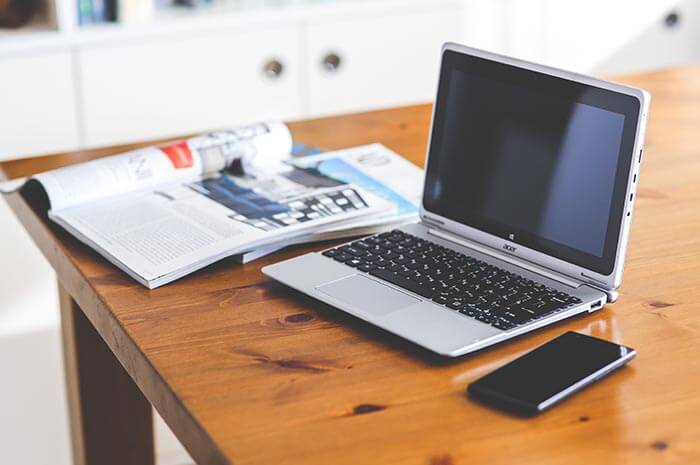
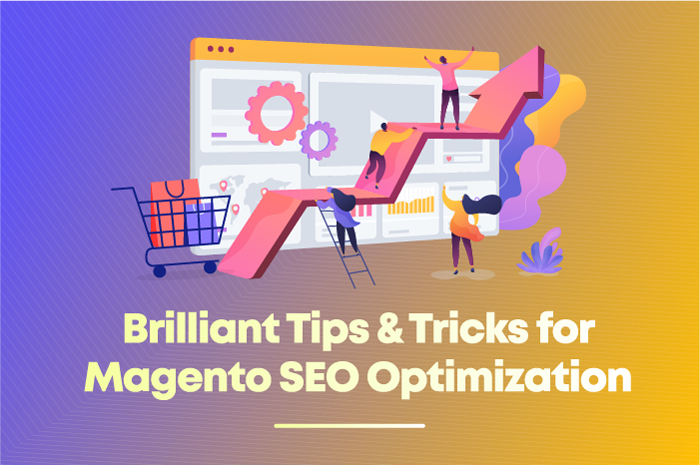 Proven Magento SEO Tips to Rank High on Search Engines
Proven Magento SEO Tips to Rank High on Search Engines 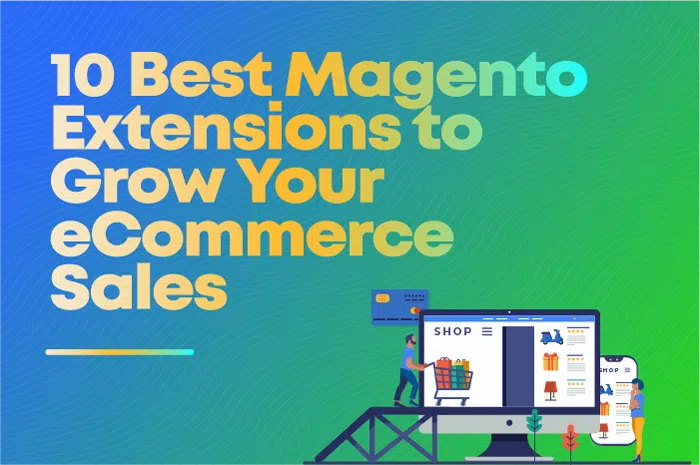 10 Best Magento Extensions to Achieve eCommerce Excellence.
10 Best Magento Extensions to Achieve eCommerce Excellence. 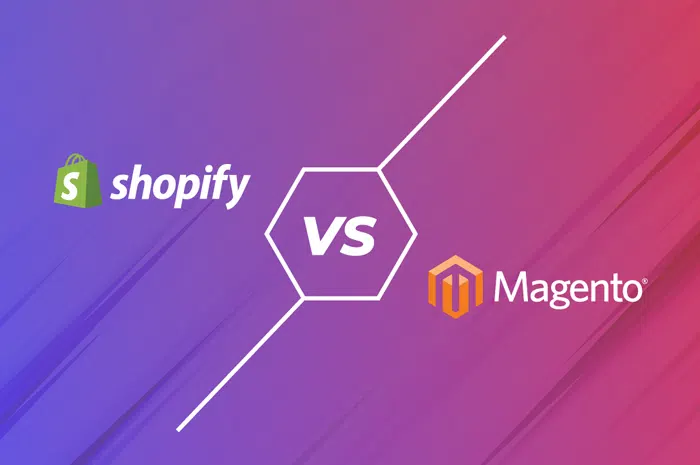 Magento vs Shopify: The Battle of the eCommerce Titans
Magento vs Shopify: The Battle of the eCommerce Titans 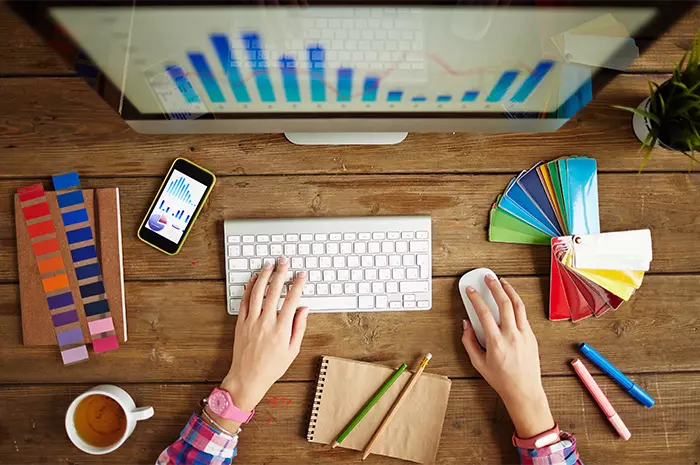 Unlock the power of ChatGPT for business data analytics!
Unlock the power of ChatGPT for business data analytics! 